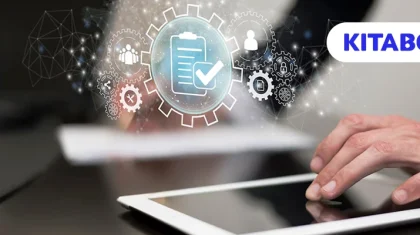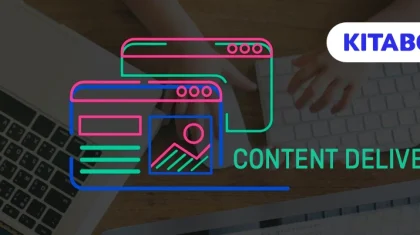
The Game-Changing Guide to Scaling Book Digitization
In today’s digital age, the demand for digital content has skyrocketed, and this includes books. With the increasing demand for digital content, publishers and authors are turning to digitization to meet the needs of their readers. However, digitizing books at scale can be a daunting task, especially if you are not familiar with the process. In this article, we will provide a comprehensive guide on how to digitize books at scale.
6 Steps to Digitizing Books
Step 1: Preparing the Books for Digitization
The first step in digitizing books is to prepare the physical books for scanning. This involves removing any staples, bindings, or covers that may interfere with the scanning process. You should also ensure that the pages are flat and not wrinkled, as this can affect the quality of the scanned images.
Step 2: Choosing the Right Scanning Equipment
The next step is to choose the right scanning equipment for the job. There are several types of scanners available, ranging from flatbed scanners to high-speed document scanners. The type of scanner you choose will depend on the volume of books you need to digitize and your budget.
Step 3: Scanning the Books
Once you have prepared the physical books and chosen the right scanning equipment, the next step is to start scanning the books. It is important to ensure that the scanning process is done accurately and efficiently to avoid any errors. You should also ensure that the scanned images are of high quality and that the pages are properly aligned.
Step 4: Optical Character Recognition (OCR)
After the books have been scanned, the next step is to use optical character recognition (OCR) software to convert the scanned images into editable text. OCR software is designed to recognize printed text and convert it into digital text that can be edited and searched. This process can be time-consuming, but it is essential for creating searchable digital books.
Step 5: Quality Control and Metadata
After the OCR process is complete, the next step is to conduct quality control checks to ensure that the digitized books are error-free and of high quality. This involves reviewing the digitized text for accuracy and consistency. You should also add metadata to the digitized books, including author name, title, and publishing date.
Step 6: Conversion to Desired Format
Once the digitized books have undergone quality control and metadata addition, the next step is to convert them into the desired digital format. There are several digital formats to choose from, including ePub, MOBI, and PDF. The choice of format will depend on your specific needs and preferences.
Conclusion
In conclusion, digitizing books at scale is a complex process that requires careful planning, the right equipment, and attention to detail. By following the steps outlined in this comprehensive guide, you can ensure that your digitization project is a success, and that your readers can enjoy your books in a digital format. If you need assistance with digitizing your books at scale, feel free to contact us, and we will be happy to help.
Discover how a mobile-first training platform can help your organization.
Kitaboo is a cloud-based platform to create, deliver & track mobile-first interactive training content.






